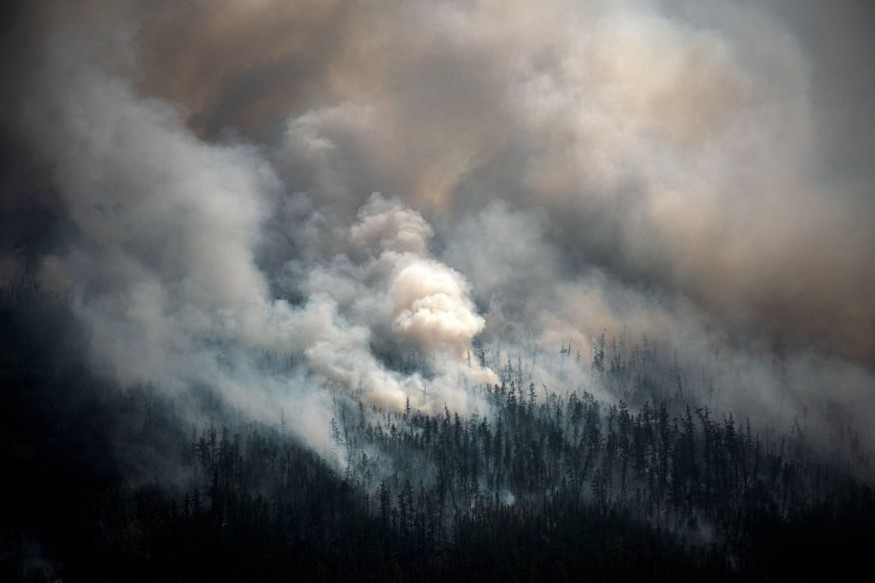For the first time in recorded history, smoke from wildfires raging in Russia has reached the North Pole.
In a release published over the weekend, NASA stated that data taken by satellites flying over the region on Friday shows how much smoke is being created by hundreds of forest fires in the Sakha Republic in Siberia and how far that smoke is spreading.
Smokes Clouding the Sky

According to the report, smoke clouds the sky for roughly 2,000 kilometers east to west and 2,500 miles north to south. Smoke from the flames has been measured to have traveled 1,864 miles to reach the North Pole, an incredible distance.
According to NASA, smoke from the flames spread over 1,200 kilometers on Wednesday, reaching all the way to Mongolia. As a result, Mongolia's capital, Ulaanbaatar, and several northern and central areas were shrouded in "white haze," according to China's Xinhua news agency.
Smoke may also be seen in Canada, Greenland's western regions, and Nunavut, a Canadian territory.
Siberian Wildfire

The wildfires in Siberia have already become an unusual phenomenon. According to NASA research, the Sakha Republic, also known as Yakutia, is covered in boreal, or snow, forest. Its northern section is one of the coldest regions on the globe.
However, the area has recently seen record-breaking high temperatures. According to Arctic Today, certain regions of the Arctic achieved a ground temperature of 118 degrees Fahrenheit and an air temperature of 89.4 degrees in June.
Related Article : IPCC Report Blames Human Activity For Worsening Climate Disasters
NASA Report

The announcement by NASA comes on the heels of a UN report issued on Monday warning that climate change, which is caused by human activity such as greenhouse gas emissions, is approaching catastrophic proportions.
While it is not too late, world leaders must agree to dramatic changes and put them in place as soon as possible, according to the research. The globe is already suffering from persistent inactivity, with wildfires, devastating flooding, and historic changes to the rainforest.
Wildfire Smokes and Human Health

Smoke from nearby wildfires might reach your area. Smoke from wildfires is a mixture of gases and tiny particles produced by burning trees, plants, structures, and other materials.
People with asthma, Chronic Obstructive Pulmonary Disease (COPD), heart disease, children, pregnant women, and first responders are all in danger from wildfire smoke.
While not everyone is sensitive to wildfire smoke, it's still a good idea to stay away from it if at all possible. And when there's a lot of smoke, as when a wildfire is close by, it's awful for everyone. So it's critical to restrict your exposure to smoke, especially if you're susceptible to particle-related health problems.
For similar news updates,don't forget to follow Nature World News
© 2025 NatureWorldNews.com All rights reserved. Do not reproduce without permission.





